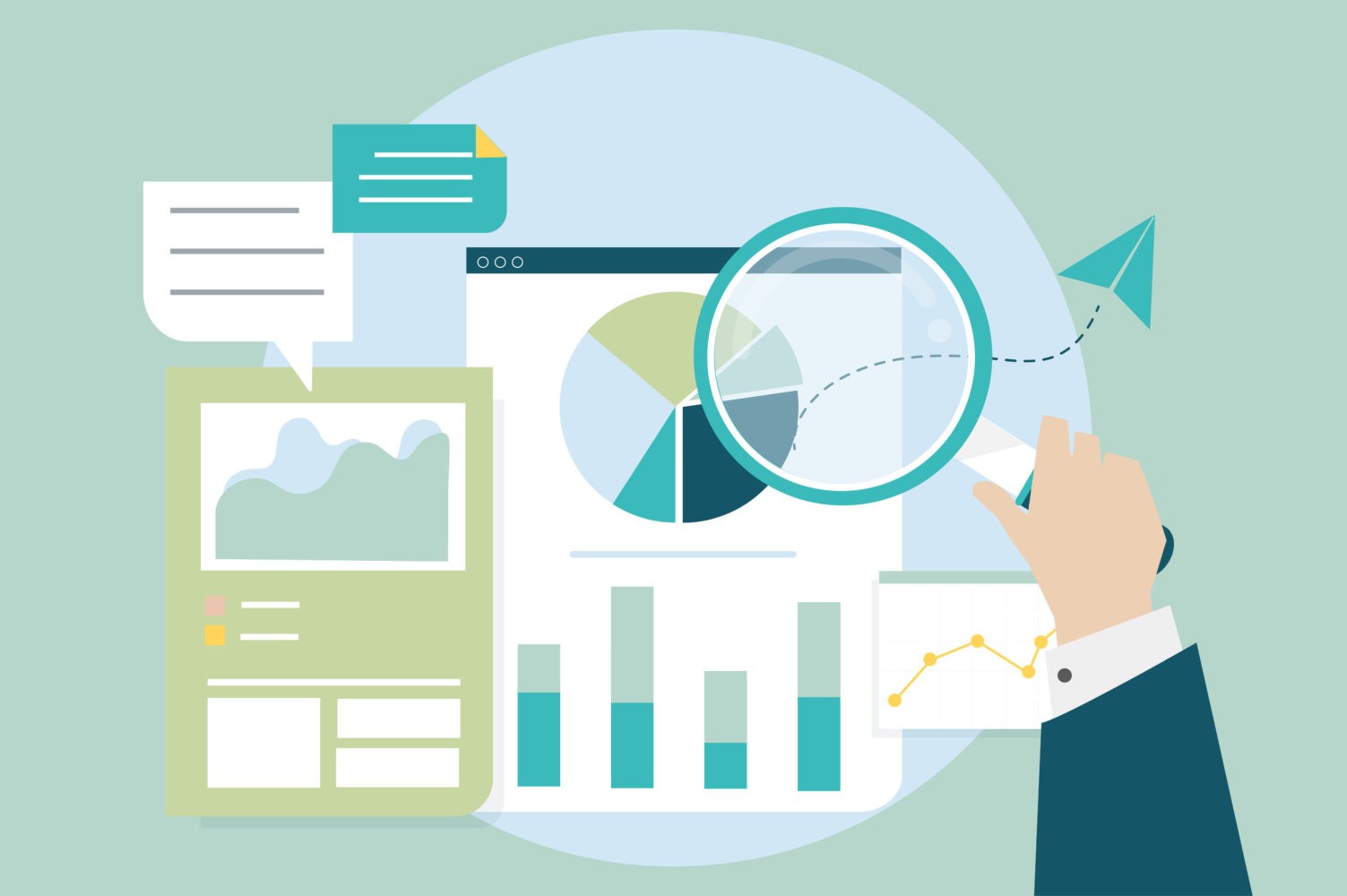In today’s fast-paced business landscape, organizations are constantly seeking ways to streamline their workflows and gain a competitive edge. Contract management is a critical area that frequently presents significant opportunities for optimization. Enter contract analytics—a powerful tool that leverages advanced data analysis techniques to extract valuable insights from contractual documents. This tool enables organizations to make informed decisions, mitigate risks, and drive operational efficiency.
Contracts, governing everything from vendor relationships to customer agreements, are the lifeblood of any business. However, manually reviewing and analyzing these complex documents can be a daunting task, leading to potential oversights, delays, and inefficiencies. By harnessing the power of contract analytics, organizations can automate and accelerate the process, freeing up valuable resources and enabling them to focus on strategic initiatives that drive growth and profitability.
1. Establish Clear Objectives
Defining Key Performance Indicators (KPIs) for Contract Analysis
Before embarking on the journey of implementing contract analytics, it’s crucial to define clear objectives and Key Performance Indicators (KPIs) that align with your organization’s goals. These KPIs could include factors such as the following:
- Reducing contract review time
- Improving accuracy in identifying key clauses and terms
- Enhancing risk mitigation through proactive identification of potential issues
- Increasing compliance with regulatory standards and industry best practices
Aligning Objectives with Organizational Goals for Maximum Impact
Establishing clear objectives not only provides a roadmap for success but also ensures that the contract analytics solution delivers tangible value to the organization. Aligning these objectives with overarching organizational goals—such as cost optimization, risk management, or operational efficiency—maximizes the impact of your contract analytics initiatives and demonstrates their strategic importance.
2. Implement Robust Data Integration
Leveraging Advanced Data Integration Techniques for Comprehensive Analysis
Contract analytics relies heavily on the ability to collate and analyze data from various sources. This includes not only the contractual documents themselves but also related data from other systems such as customer relationship management (CRM) platforms, enterprise resource planning (ERP) systems, and financial databases. Implementing robust data integration techniques ensures that organizations’ contract analytics solutions have access to a comprehensive and up-to-date pool of information, enabling more accurate and insightful analysis.
Ensuring Compatibility Across Systems for Seamless Data Flow
Data integration is not a one-time effort; it requires ongoing maintenance and compatibility checks as systems evolve and new data sources are introduced. By ensuring that your contract analytics solution is compatible with existing and future systems, you can facilitate seamless data flow, minimizing the risk of data silos and enabling efficient cross-functional collaboration.
3. Harness the Power of AI and Machine Learning
Automating Routine Tasks for Increased Productivity
One of the most significant advantages of contract analytics is its ability to leverage machine learning artificial intelligence and creativity. These advanced technologies can automate routine tasks, such as extracting key clauses, identifying potential risks, and flagging non-compliance issues. Offloading these repetitive and time-consuming tasks to AI and ML models significantly increases productivity and frees up human resources for more strategic and value-adding activities.

Businesses Utilizing Sophisticated Contract Analytics Systems Are Expected to Reduce Human Contract Review by 50% by 2024
Source: LLC Buddy
Utilizing Predictive Analytics for Proactive Decision-Making
Beyond automation, AI and ML can also empower organizations with predictive analytics capabilities. By analyzing historical contract data and identifying patterns, these technologies can provide insights into potential risks, opportunities, and trends. This proactive approach enables organizations to make informed decisions, mitigate risks before they materialize, and seize opportunities as they arise, giving them a competitive edge in their respective markets.
4. Customize Reporting and Dashboards
Designing Tailored Reports for Different Stakeholders
Contract analytics generates a wealth of valuable data and insights, but presenting this information effectively is crucial for maximizing its impact. By customizing reports for different stakeholders—such as legal teams, procurement departments, and executive leadership—organizations can ensure that each group receives relevant and actionable information tailored to their specific needs and responsibilities.
Creating Interactive Dashboards for Real-Time Insights
Beyond customized reports, interactive dashboards provide stakeholders with real-time insights into contract performance, risks, and opportunities. These dynamic visualizations allow users to drill down into specific areas of interest, filter data based on relevant criteria, and quickly identify trends and anomalies, enabling informed decision-making and proactive risk management.
5. Prioritize Data Security and Compliance
Implementing Stringent Security Measures to Protect Sensitive Information
Contracts often contain sensitive information, including confidential business terms, intellectual property, and personal data. As such, it is imperative to prioritize data security when implementing a contract analytics solution. This involves implementing robust access controls, encryption protocols, and regular security audits to ensure that sensitive information remains protected from unauthorized access or potential breaches.
Ensuring Compliance with Regulatory Standards and Industry Best Practices
Beyond data security, contract analytics can also play a crucial role in ensuring compliance with relevant regulatory standards and industry best practices. By automating the identification of non-compliant clauses, tracking regulatory changes, and generating compliance reports, organizations can mitigate legal and financial risks associated with non-compliance, safeguarding their reputation and avoiding potential penalties.
6. Foster Collaboration Across Teams
Breaking Down Silos to Facilitate Cross-Functional Collaboration
Contract analytics initiatives often involve multiple stakeholders from various departments, including legal, procurement, finance, and operations. To maximize the benefits of contract analytics, it is essential to break down silos and foster cross-functional collaboration. This can be achieved by establishing clear communication channels, facilitating knowledge sharing, and ensuring that all teams have access to relevant contract data and insights.
Establishing Clear Communication Channels for Efficient Information Sharing
Efficient communication is key to successful collaboration. By establishing clear communication channels, such as regular cross-functional meetings, shared collaboration platforms, and feedback loops, organizations can ensure that insights and best practices are shared across teams, enabling seamless coordination and driving continuous improvement.
7. Continuously Evaluate and Optimize Processes
Conducting Regular Audits to Identify Areas for Improvement
Contract analytics is not a one-time implementation; it is an ongoing process that requires continuous evaluation and optimization. By conducting regular audits and analyzing performance metrics, organizations can identify areas for improvement, such as bottlenecks, inefficiencies, or potential risks that may have been overlooked.
Iteratively Refining Processes Based on Analytical Insights
Once areas for improvement have been identified, organizations should leverage the insights gained from their contract analytics solution to iteratively refine their processes. This may involve revising workflows, updating templates, or implementing new best practices to ensure that contract management processes remain efficient, effective, and aligned with organizational goals.
In Conclusion
The transformative potential of contract analytics is undeniable, offering organizations a path toward increased efficiency, risk mitigation, and compliance assurance. By embracing the tips outlined in this article, businesses can unlock a world of opportunities, from automating routine tasks and optimizing processes to fostering collaboration and staying ahead of regulatory changes. However, the journey doesn’t end here, continuous evaluation and refinement are essential to sustaining the gains achieved through contract analytics.
Embrace this powerful tool, and embark on a journey towards operational excellence, where efficiency reigns supreme and success becomes an inevitable outcome.
FAQs:
1. How can contract analytics benefit small businesses with limited resources?
Contract analytics automates tasks and streamlines processes, allowing small businesses to maximize efficiency despite limited resources. Many solutions offer scalable, affordable pricing models.
2. What are the key challenges organizations face when implementing contract analytics solutions?
Key challenges include data quality/integration issues, change management/user adoption hurdles, and compliance with data privacy and security regulations.
3. How does contract analytics contribute to risk mitigation and compliance management within industries like healthcare and finance?
In regulated industries, contract analytics helps mitigate risks by identifying non-compliant clauses, tracking regulatory changes, and generating compliance reports. It enables proactive risk management through early risk identification.












